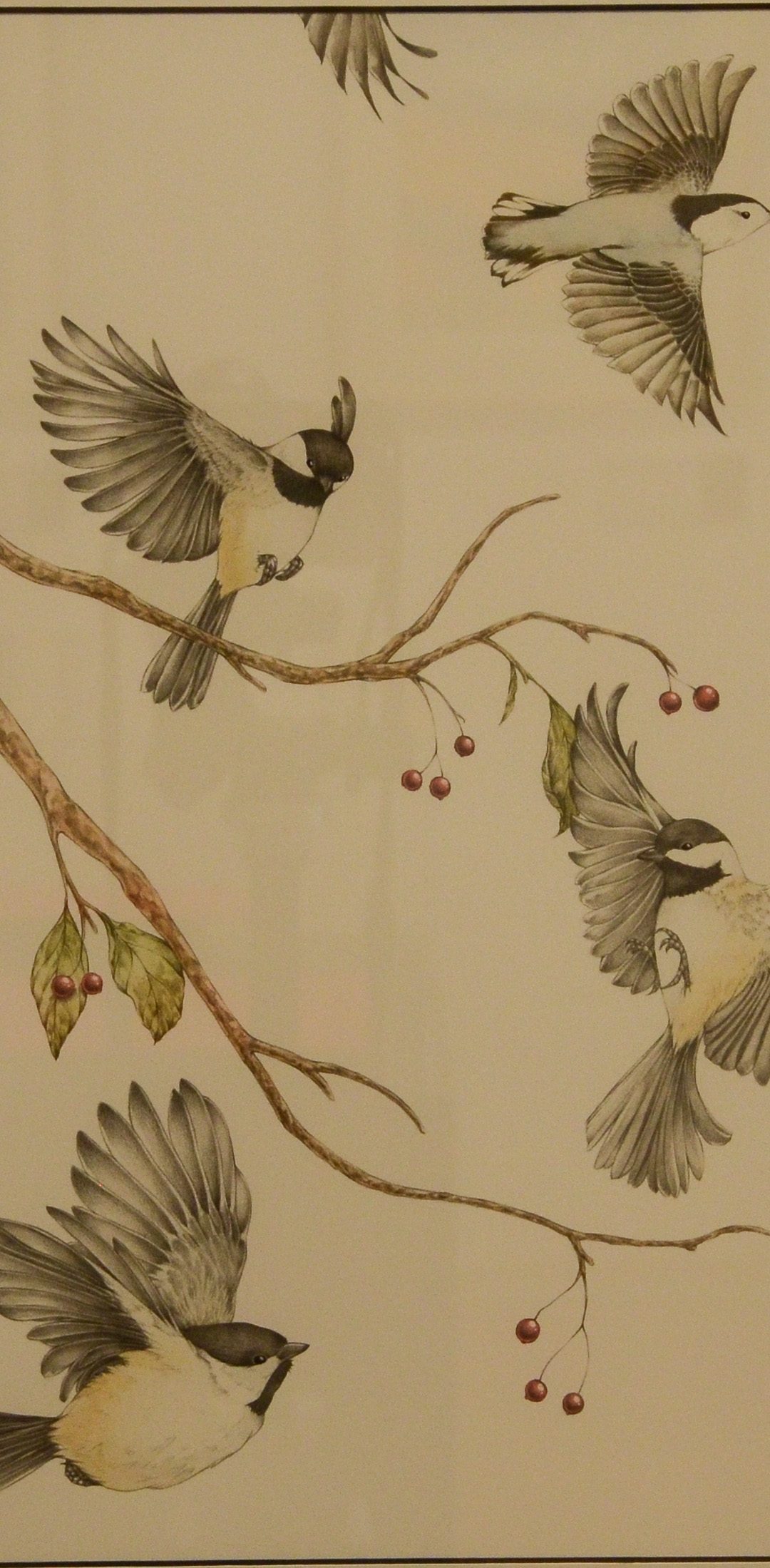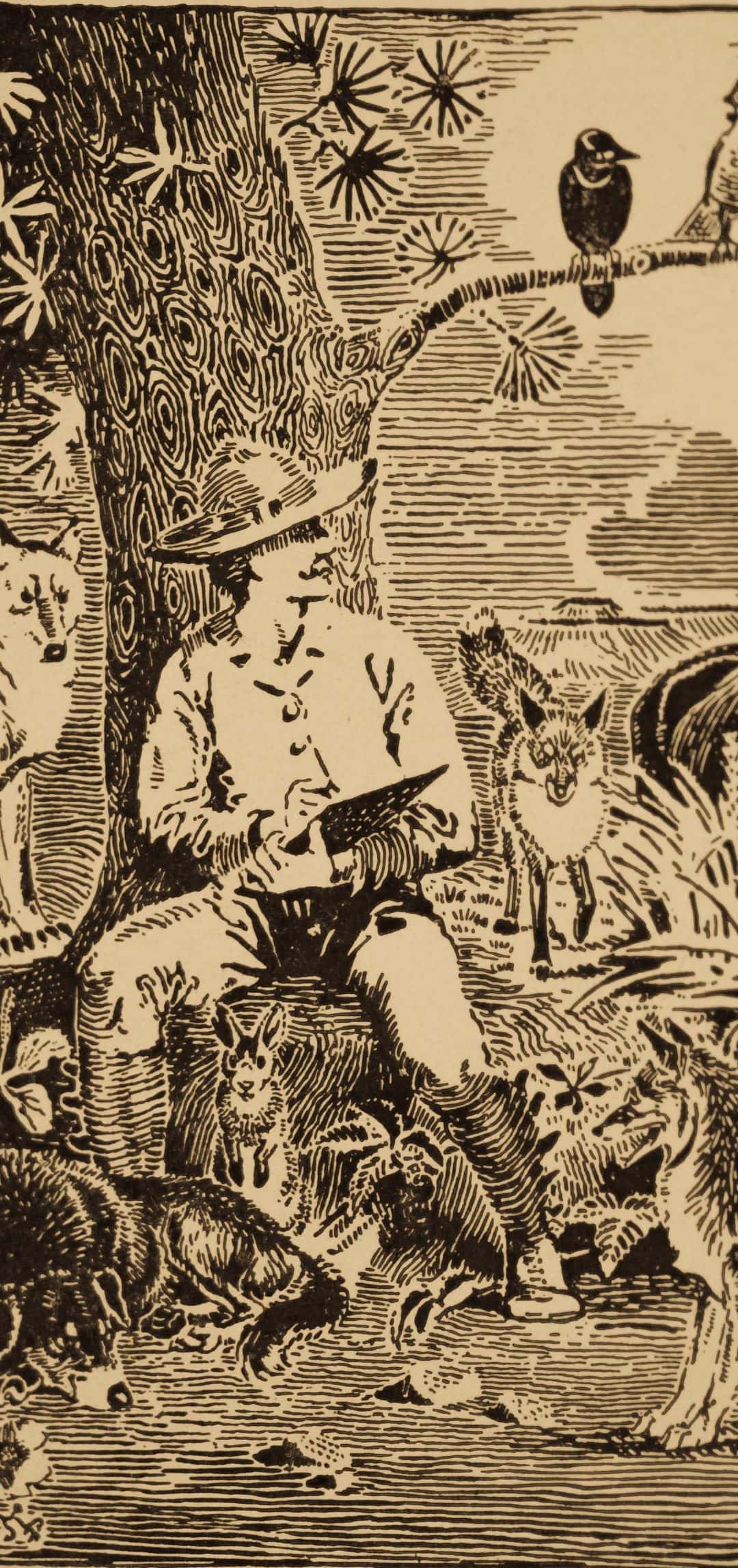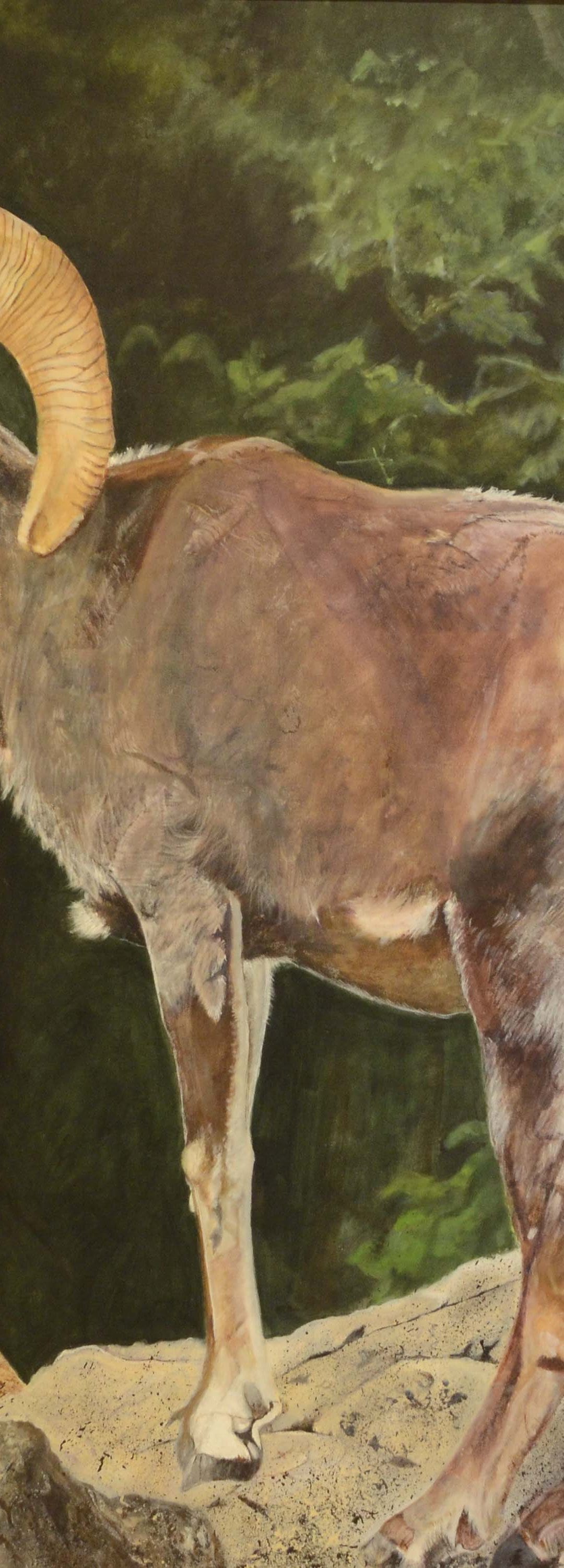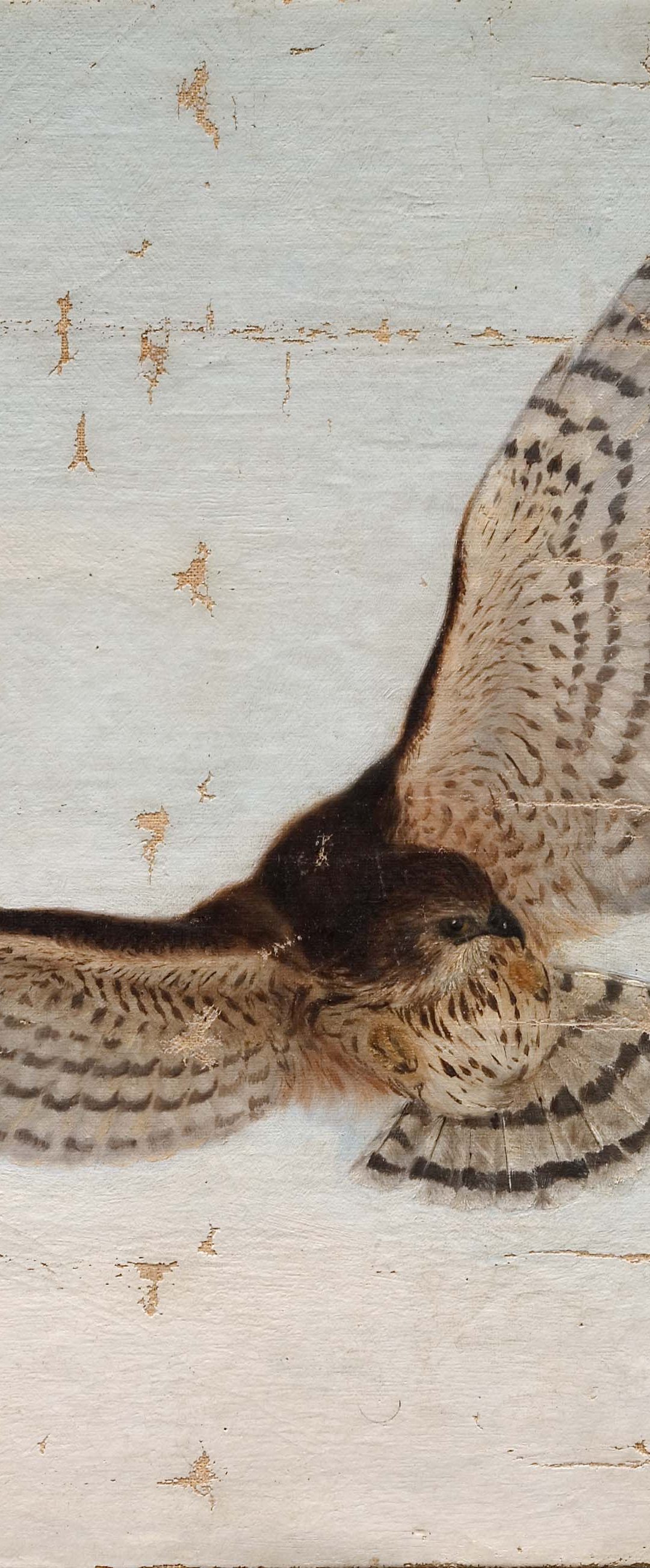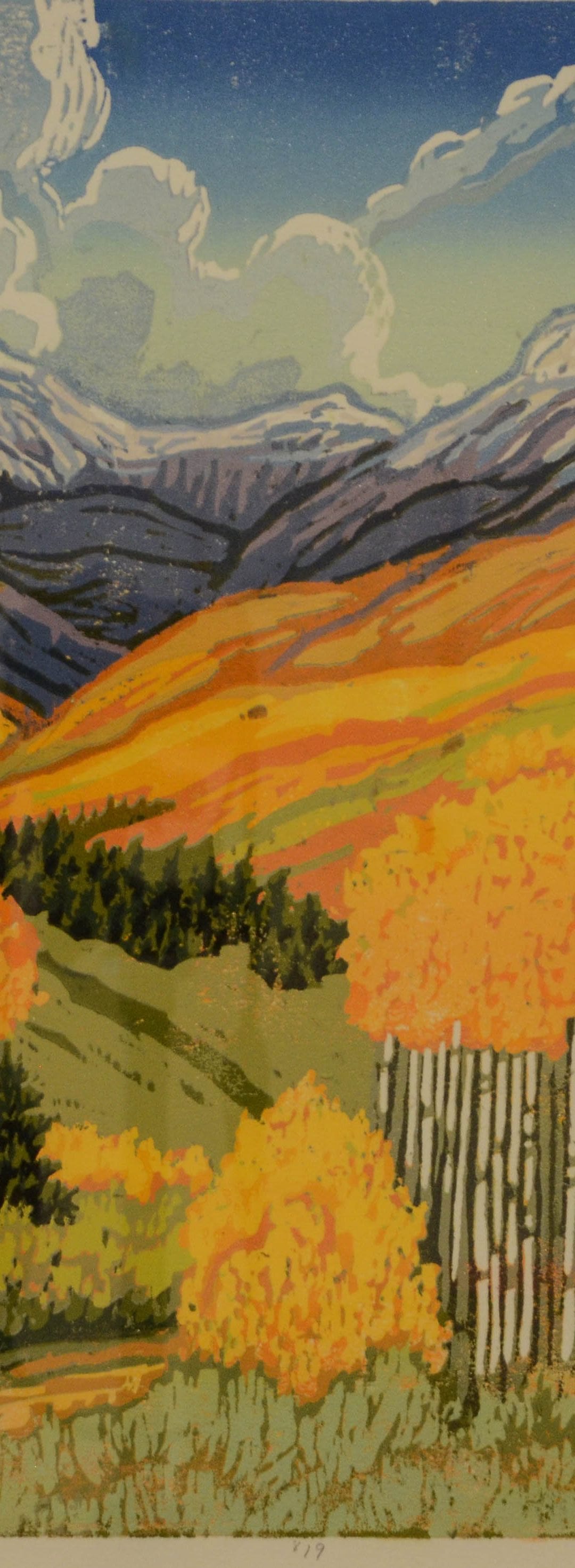
by David L. Witt | Jan 24, 2020 | Gallery, More Beautiful and Amazing
Chickadees and nuthatches, Watercolor and graphite/2019 “More Beautiful and Amazing” Seton Gallery exhibition 2019-2020 I discovered Emma Felt’s work just too late to include her in our 2018 Lobo show, but I did ask her to show in this one. The quote below is from...

by David L. Witt | Jan 12, 2020 | Seton Biography
Ernest Thompson Seton had an extraordinary influence on the world during his lifetime. Here are highlights. Detailed consideration for each section will be found elsewhere on this site. 1 Consciousness Raising about Wild Animals At the turn of the 20th century a...

by David L. Witt | Jan 2, 2020 | Gallery, More Beautiful and Amazing
“More Beautiful and Amazing” Seton Gallery exhibition 2019-2020 A few years ago, the Santa Fe artist Ellie Fuller happened to stop by my office at the Academy for the Love of Learning. We talked about our respective nature experiences including an interest in Bighorn...

by David L. Witt | Dec 29, 2019 | Seton Biography
Is an artist born naturally gifted with a talent for painting or is it a matter of nurture, or some of each? While we probably can’t know the answer to that for sure, Seton’s first formal painting is extraordinary. Hiking through the Don River Valley, in the woods...

by David L. Witt | Dec 24, 2019 | Gallery, More Beautiful and Amazing
“More Beautiful and Amazing” Seton Gallery exhibition 2019-2020 Angie, who is one of the premier printmakers of Taos, has been hiking the trails of northern New Mexico and southern Colorado (and probably elsewhere) for decades. Occasionally I see her walking the...
